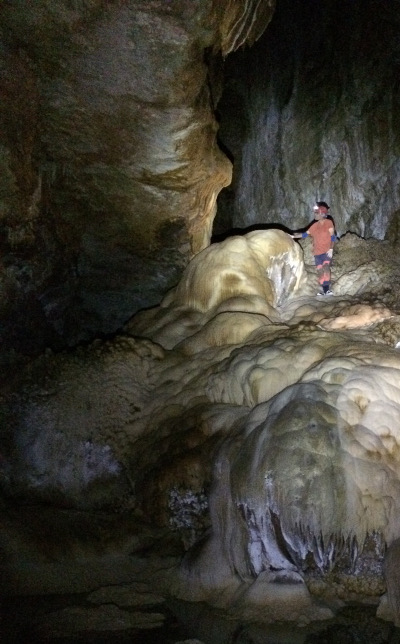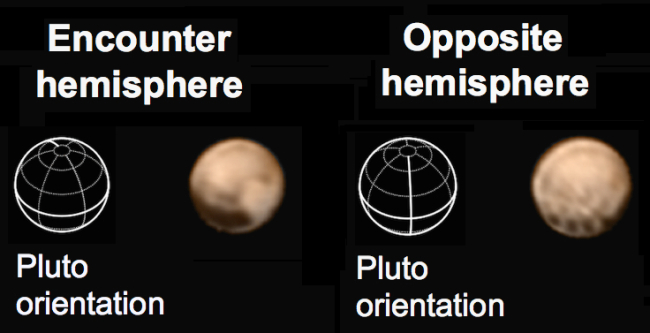The Democratic Party’s disconnect from reality
Three stories today once again illustrate better than anything the leftwing Democratic Party’s profound disconnect from reality:
- Most Now Oppose an Assault Weapons Ban; Doubts About Stopping a Lone Wolf Run High (Poll)
- House Democrats Introduce Bill to Ban Manufacture of ‘Assault Weapons’
- Victory! New York stops sale of toy guns, levies massive fines
The first story is a new poll of the public’s opinions on the subject of gun control and the idea of banning “assault weapons” (whatever those might be). Not surprisingly, the public opposes future bans, and the trend lines show a continuing and nonstop shift away from gun control and towards gun rights that has been on-going since the 1990s.
A majority of Americans oppose banning assault weapons for the first time in more than 20 years of ABC News/Washington Post polls, with the public expressing vast doubt that the authorities can prevent “lone wolf” terrorist attacks and a substantial sense that armed citizens can help. Just 45 percent in this national survey favor an assault weapons ban, down 11 percentage points from an ABC/Post poll in 2013 and down from a peak of 80 percent in 1994. Fifty-three percent oppose such a ban, the most on record.
Indeed, while the division is a close one, Americans by 47-42 percent think that encouraging more people to carry guns legally is a better response to terrorism than enacting stricter gun control laws. Divisions across groups are vast, underscoring the nation’s gulf on gun issues.
The second story describes how, despite the above very broad and obvious poll numbers, ninety-one House Democrats today introduced a bill to ban the sale and manufacture of “assault weapons”. In announcing the bill, its lead sponsor, David Cicilline (D-Rhode Island), made this vague effort to define “assault weapon”:
» Read more









